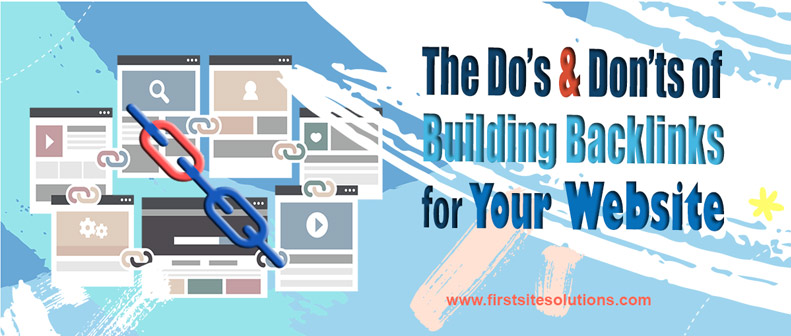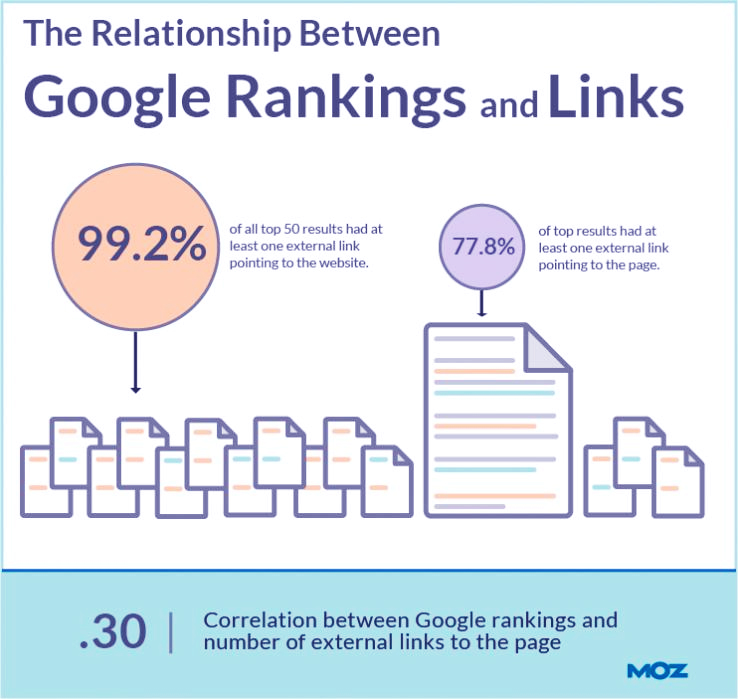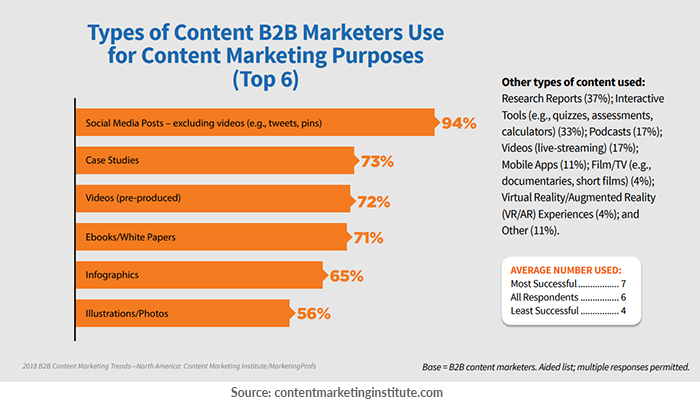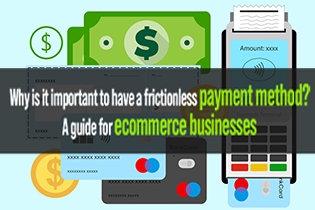
Building backlinks is an essential part of establishing your business online. Google’s algorithm considers these links to be one of their criteria for ranking sites in search results.
As such, you have to get these hyperlinks the correct way, or your site will suffer various penalties.
Proper link building helps bring organic traffic to your website and boosts your domain authority. It establishes your brand’s status, broadens its reach, and converts more prospects because of the increased traffic.

Moreover, your content will be accessible on multiple platforms online, meaning your marketing efforts will reap the rewards for a long time.
With this in mind, how should you build backlinks in a way that won’t get you in trouble? Continue reading to find out.
How to Build Backlinks for Your Website
More than 40% of experts believe that link building is the most challenging part of search engine optimization (SEO).
Some challenges include researching, planning, and budgeting for link opportunities.
Others involve finding the right directories, asking sites for links, and managing expectations for your link-building efforts.
The guide below will explain what you should and shouldn’t do when building backlinks. Let’s start with the don’ts:
Don’t Pay for Low-Quality Links
Google frowns upon buying links because it looks like you are trying to cheat their algorithms.
Many purchased links come from already flagged sites, spammy sites, porn sites, or sites with viruses. Others come from link farms and link-buying schemes.
Thus, using these links will lead to search engines downranking your page.
Buying links damages your online reputation since it shows you aren’t competing fairly. Instead, it is a sign that you’re willing to take shortcuts to boost your website’s rank.
Another issue is the link-selling website may also be selling it to other sites.
This widespread linking, even to websites in an unrelated niche, will raise red flags with Google.
As a result, you’ll end up with penalties, which means your site will find it hard to rank online.
So, don’t get entangled in this practice and avoid low-quality links.
Don’t Engage in Spammy Practices in Comments, Forums, Etc.
Posting a link back to your site in comment sections can come across as spammy if you’re not offering value to other commenters.
Only post comments that apply to the topic and share links that lead to a page that informs the reader or solves their problem.
Avoid posting a link to your homepage because it looks unnatural and will attract a review. The natural approach is to link to a particular page, such as the products page.
Ensure the content on the end of the link is of high quality and value. That means proper editing, related visual assets, no hidden scripts, and no malware.
Otherwise, if Google notices people are not spending a lot of time on your site, they’ll think you’re not providing value and will lower your rank.
Don’t Create Irrelevant and Low-Quality Guest Posts
Create top-notch guest posts which are in your niche and relevant to the website you’re writing for.
Offer solutions, remove fluff, avoid stuffing keywords, and focus on delivering value to the audience.
Low quality and irrelevant posts are a recipe for trouble because Google focuses on user experience.
Thus, the search engine will flag your post and the website you’re posting on, and this means the link back to your site will be a bad association for you.
Now that we’ve seen what not to do, here is what you should do to build backlinks.
Create Link-Worthy Content
People naturally link to engaging, credible, relevant, informative, or actionable content.

Some common examples include:
In-Depth Posts
Write in-depth posts with guidelines, usually long-form content with more than 2000 words. Answer questions, and anticipate other queries that will become relevant in the future.
Check competitor sites and review topics they’ve not covered or have covered, but not in detail.
Create long guides from these topics and other subtopics, for example, in the form of How-To posts.
Infographics
Summarize long-form content in appealing and easy-to-consume forms, such as infographics.
Use templates or create your own in suitable colors, then make sure the text is legible, and only pick the most useful points.
Visual Content
Use images, charts, illustrations as they give a visual reinforcement of the points you’re making. They are also shareable, which enhances your chances of getting links.
Additionally, make videos since they enable you to engage the audience and connect with them.
Then, once you’ve established that initial connection, respond to their comments and questions below the videos, and you’ll get backlinks when they share your content.
Case Studies
Business-to-Business (B2B) companies use case studies to show their products or services work. These studies are success stories from various customers in different locations.
When you conduct case studies, let the customer speak and express themselves in their own words.
Ask them questions about their process to bring out the points you want the audience to know. Tell them to explain how they used your products to highlight the product features.
The case study will receive backlinks because many online posters will be referencing it, which will enhance its reach.
Science-Backed Posts
Audiences love content backed by scientific research because they value honesty. Thus, conduct research and surveys to get accurate data, which you can mention in your posts.
Include Your Links In Any Social Media Or Forum Profiles
To attract more attention to your posts, share links to your content on social media.
Ask your followers to like and repost your content or contact influencers and ask them to push your content.
When you create your content, focus on making your content shareable by using visual assets, and add social media buttons to your posts.
Doing so will make it easier for the audience to share your work on various platforms.
Post helpful links back to your site whenever you respond to the readers. Doing this will increase engagement and bring traffic and links to your website.
Provide Relevant and High-Quality Guest Blogs

Write relevant, high-quality posts on blogs with a strong reputation within your niche. The aim is for sites with domain authority to link to you, thereby boosting your SEO rank.
To ensure the success of your guest blogs, include the features below:
- follow posting guidelines of the site you’re writing for;
- provide relevant and practical content to the audience;
- back statements with research and statistics;
- add images and other visual elements;
- include a link back to your site;
- make sure it has a clear call-to-action (CTA).
Once you’re through, promote your guest post to your followers, email subscribers, influencers, and forum commenters.
Take part in Events for Experts
To increase your visibility, join online panels, forums, and other events because there’s a chance the organizers will include a link to your site.
Consider hosting your own event, and ask participants to link to your site.
News organizations or other online users will also link to you if they reference your event or a comment that someone made.
Offer Value With Your Link
If you want to forge an even stronger connection with your audience, give free stuff, such as downloadable eBooks, in exchange for links and clicks.
Allow other sites to link to your ‘gift’ pages to benefit their audience and you.
Conclusion
Don’t take any unnecessary risks when building backlinks. The process takes time, but the results are worth it.
You should focus on getting quality links from sites with strong reputations and domain authority instead of chasing quantity.
Remember, it’s not just about getting links; it’s about offering content that helps others. If you take that approach, people will want to link to you. It’s a win-win.








